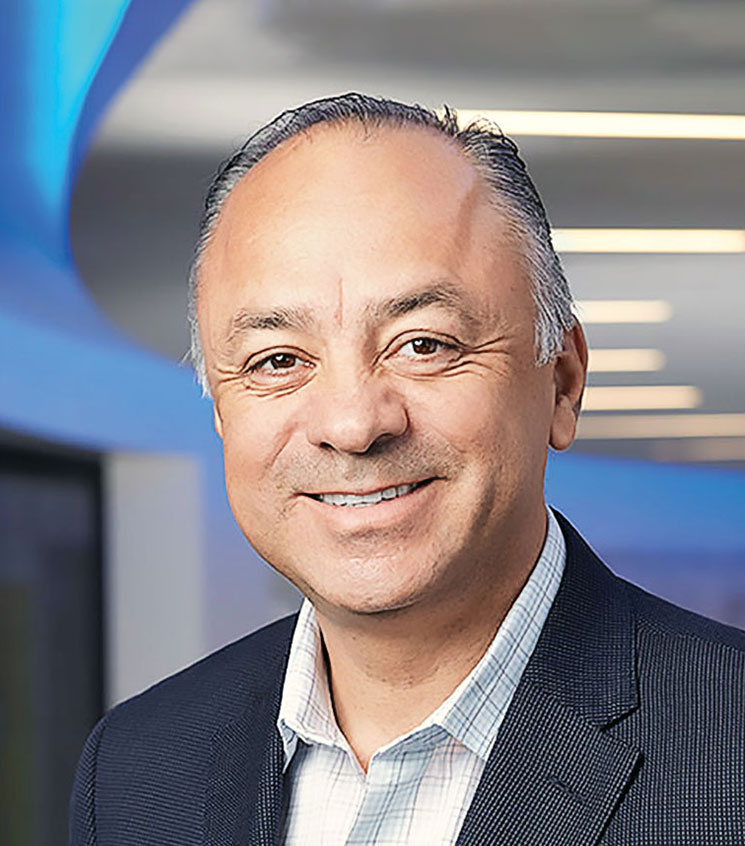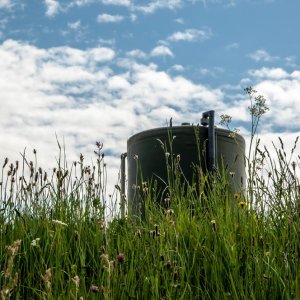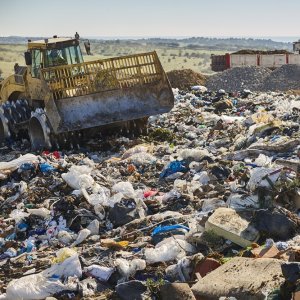Lower Emissions, Yes, but How?

STORY INLINE POST
In a world that needs us to lower and ultimately eliminate carbon emissions, the challenge regarding many navigational artifacts that require power to move, such as boats, is how to accomplish the same, if not better, performance as diesel engines using existing and developing technologies. Engines today are roughly 10 percent more efficient than 10 years ago but that is not enough as both CO2 and NOx emissions remain present.
In a previous article about breaking paradigms in the personnel transportation for deepwater operations, I shared a success case of innovation and true collaboration: “Leonardo,” a fast supply vessel (FSV). It was modified to serve as a primary means of safe and comfortable transportation for personnel. The vessel included the installation of the largest gyroscope stabilizer available while doubling as a rescue vessel, with firefighting capacity, and with a particle alignment device to reduce diesel consumption. Its lower emissions and its clever hull design combined to require 30 percent less fuel than similar FSVs used in the offshore sector today. Yet, the challenge remains to continue improving, mainly regarding CO2 emissions. We are on our quest to achieve this as rapidly as technologically and economically feasible.
So, one more paradigm needs to be broken and that is further reduction of carbon emissions, with the goal of zero emissions, of course. Yet, the answer is not totally clear. Some of the questions in place are batteries and how to recharge them; hydrogen and how to produce/store our own hydrogen; should we buy it and from where? There are questions also around solar and ammonia. Perhaps a combination of some or all of these technologies? And the ultimate question is at what cost and as with every investment, what is the return?
Are we ready to ditch fossil fuels? Maybe not yet, or ever, but certainly, the already fast pace of the move toward green energy needs to accelerate. Here are some paraphrased quotes from the industry regarding hydrogen- and ammonia-powered ships:
-
The hydrogen economy is up and running and within the next decade, production should become cheaper and storage and use should become easier.
-
Not everyone is convinced green hydrogen is the fuel of the future.
-
The EU is aiming for clean hydrogen as the fuel of the future, with a promise to deliver an abundance of carbon-neutral energy by 2030. Environmentalists, though, are skeptical about these green virtues.
Some examples of vessels already equipped or planned to be powered with hydrogen are:
-
The Energy Observer 2 would be the world's first cargo ship powered by liquid hydrogen. It is expected to be sailing by 2025 with a cargo capacity of 240 containers. The cost of this vessel today is twice that of existing fossil fuel vessels.
-
MF HYDRA is a sustainable and innovative ferry designed by Sembcorp Marine and has won the Ship of the Year Award by Skipsrevyen. The MF HYDRA is a zero-emission vessel operated by Norled. It is 82m long with a capacity of up to 300 passengers and 80 cars, operating at a service speed of about 9 knots. Its tank capacity is 80m3 of liquid hydrogen and it is able to ply its route in the fjord area between Hjelmeland, Nesvik and Skipavik for up to three weeks without refueling. Its propulsion system allows batteries to operate in conjunction with the liquid fuel hydrogen fuel cells. However, it has a redundancy feature to sail on biodiesel.
In April 2021, Sembcorp Marine entered into a MOU with Shell and Penguin International to jointly develop hydrogen as a marine fuel.
-
Let us not forget Ammonia: Sembcorp Marine and partners will design an Ammonia Bunkering Vessel, aiming for a collaboration to explore the viability of ammonia as a marine fuel, another option for emission-free shipping in the future.
As a matter of fact, we need to move on the lowering of emissions yet remain profitable and use what is existing and upgradable as we cannot settle for just one solution. The MF Hydra is an example of balancing hydrogen, batteries, and biodiesel. As for Naviera Integral, we are already in the design phase of a next-generation vessel with Damen, incorporating what we have learned, what our clients require and using whatever technology is at hand. Retrofitting existing vessels is also on the radar, although this requires that we apply some lessons learned. Capital investment remains a challenge, especially for the oil and gas sector that has not seen clients accept a price increase in light of the current cost of oil, yet suppliers are raising their pricing, hence affecting service companies’ OPEX and leaving CAPEX for a better day.
What is your scenario? Let us collaborate with ideas, technology exchange and joint efforts. At the end of the day, yes, we are competitors, yet no one has all the answers and all the money and all the work; plus, this world is our common home, and it needs attention in terms of environmental action today and every day.








 By César Vera Méndez | Independent Consultant -
Mon, 09/12/2022 - 12:00
By César Vera Méndez | Independent Consultant -
Mon, 09/12/2022 - 12:00
















